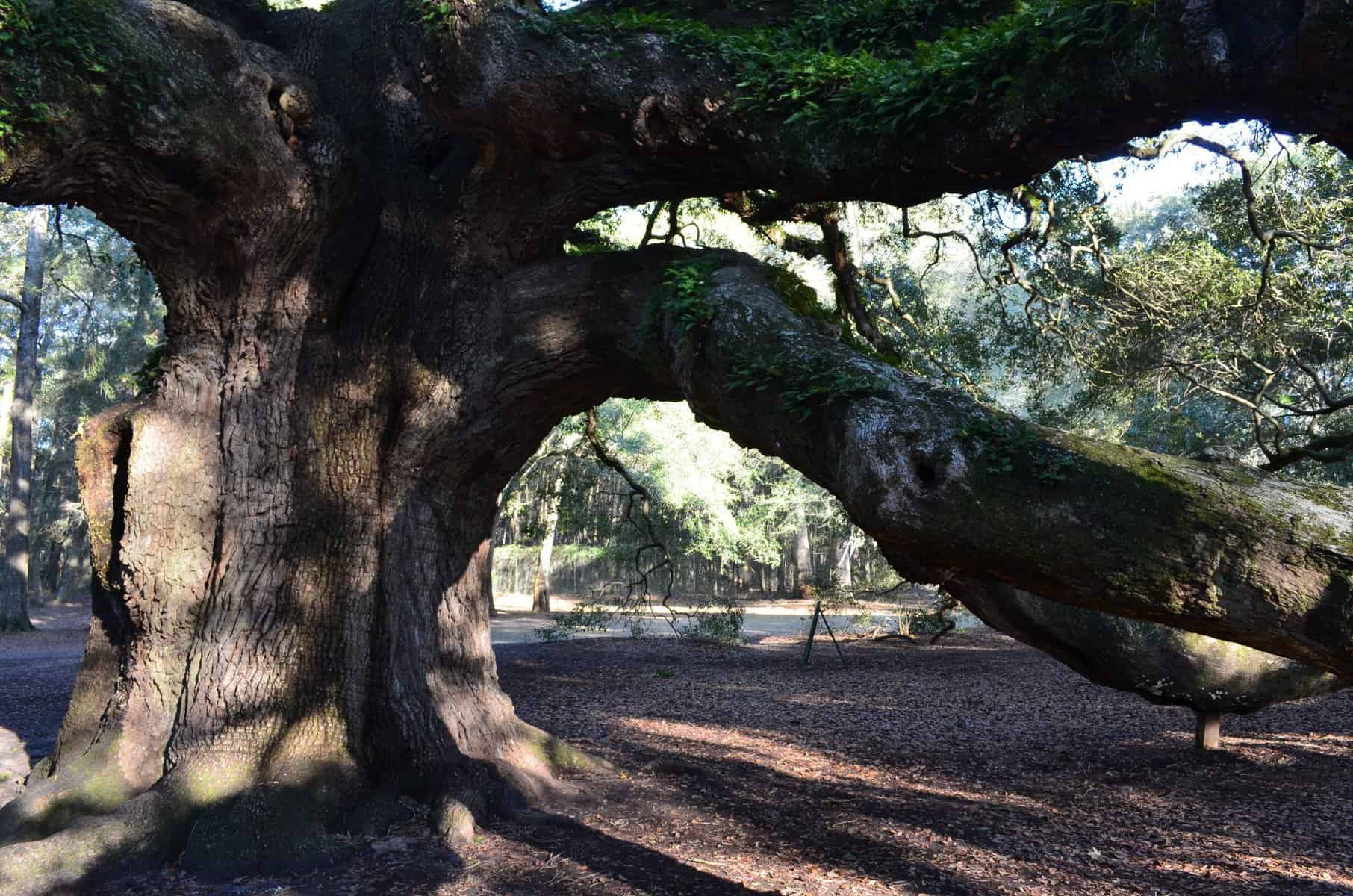Always enjoyed TREES and SHRUBS, desired to know their names and learn their characteristics. Reflect to my youth, hunting squirrels with my Dad, collecting Ohio buckeyes (seeds) by the pocketfuls. Quite an easy genus to assimilate. Thirteen species worldwide, all with opposite, compound palmate leaves. Many hybrids within Aesculus thus presenting challenges as to exact parentage. Grab a good key and go after the specifics. P.S. Keys are often geared to flowers and fruits, limiting full calendar usefulness. Also, taxonomic terminology is akin to a foreign language.

Acer, maple
Acer, maples, ~120 species; shrubs and trees; evergreen and deciduous; entire, lobed, serrated leaves; imbricate and valvate buds . . .common thread: all have opposite leaves and a fruit termed samara, most often two nutlets fused together, forming a schizocarp.

Cercis canadensis
Cercis, redbuds, ~10 species of small trees with C. canadensis found in most of the eastern U.S. Unique, alternately arranged, heart-shaped leaves are common to all. Fruit is a slender pod maturing brown to blackish, often persisting into winter. Significant new cultivars with yellow, maroon, and variegated foliage are available. My most recent count was 35. The best (most reliable) for Maine/New England is a seed strain called Minnesota hardy. A new cold hardy selection from North Dakota, Northern Herald® shows promise. Breeders are now adding the colored foliage genes to the cold hardy types to develop zone 4-5 selections with unique ornamental traits.

Cornus florida, Appalachian Joy
Cornus, dogwoods, ~60 species. Taxonomists have placed them in different genera but much easier to leave them under a single umbrella. Oppositely arranged leaves and buds except for C. alternifolia and C. controversa. Veins are impressed and almost parallel the margin. When veins are severed/cut, a latex string is evident. Tiny Cornus canadensis, bunchberry and the larger tree species like C. kousa and C. florida have similar leaf morphology.

Ilex, hollies
Ilex, hollies, ~400 species, extremely difficult group to typecast, male and female flowers/fruits on separate plants. Habits range from deciduous to evergreen trees/shrubs. Evergreen hollies are minimal in New England, except I. glabra, I. opaca, I. x meserveae hybrids. Leaves and buds are alternate. On either side of the leaf scar are small black appendages. If anyone has an absolute single characteristic for Ilex ID, please teach me.

Magnolia
Magnolia, ~220 species, the merging of Manglietia and Michelia has swelled the number of species. All have alternately arranged leaves and buds. The latter two genera are at best a zone 7, so no hope for them in Maine. However, breeders have successfully crossed Manglietia with M. sieboldii and M. grandiflora. Difficult to point to a single ID characteristic but a thin-lined circular scar around the stem and the fragrance of safrol/lemon from the bruised/cut stem are absolutes.

Quercus, oaks
Quercus, oaks, ~500 worldwide with astronomical number of hybrids. Overwhelming? Look closely. Fruit a nut (acorn) covered by a cap (involucre), clustered buds at terminals, alternate leaf arrangement, in two great groups Red/Black or White. Hybridize within each group like bunnies. Red and white oak members do not hybridize. Always a challenge to identify. Hybrids are maddening and when challenged to correctly identify a given oak simply state that it is a hybrid.

Viburnums, Viburnum
Viburnums, Viburnum species, are my favorite shrubs; about 150 species, with minimal clear identification features. Opposite leaves and buds, along with fleshy drupaceous fruit, are the calling cards. In Maine V. acerifolium, V. cassinoides, V. dentatum. V. lantanoides, V. lentago, V. trilobum (now V. opulus var. americanum) are native.

Abies, fir
Abies, firs, ~50 species, tall spire-like, conical to pyramidal habits are a signal; needles usually flat with two gray to silver bands (lines) on the needle underside. Cones held upright and scales shatter at maturity whereas Picea, spruce, cones hold firm. Needles, upon abscising, leave a smooth rounded scar. Abies balsamea is the common fir of Maine.

Picea, spruce
Picea, spruce, ~35 species, pyramidal needle evergreens differing from firs in having 4-sided needles in cross section, easy to roll through fingers, whereas the flat fir needles resist doing so. A small stalk (peg) remains after needle drop. The stem is rough compared to the smooth stem of fir. Cones are held upright initially, then pendulous, persisting for a time, and remaining intact even when falling. White spruce, red spruce and black spruces dominate Maine.

Pinus, pines
Pinus, pines, ~110 species, perhaps easiest of all conifers to identify to the generic and eventually species level. Needles in fascicles (bundles) of 2, 3, 2 and 3, 5, and, at least one species, a single needle, P. monophylla.
What to do if in a quandary about identification? The questions that need asking if an unidentified plant is not in flower and fruit. Starters: tree, shrub, groundcover, woody, herbaceous, evergreen (broadleaf or needle), deciduous, semi-evergreen, native or introduced, habitat (cultivated, wild), etc.
Dirr’s approach to common-sense woody identification:
- Arrangement: opposite, alternate, subopposite, whorled
- Leaf Type: simple, compound palmate, compound pinnate
If needle evergreen: awl-like, scale-like, needle-like, soft, prickly
(think: juniper, arborvitae, falsecypress, fir, hemlock, pine, spruce)
- Buds: numerous types; terminal and lateral often flower and vegetative, respectively; single-scales (willow), imbricate (oaks), valvate (striped maple), superposed (walnut, snowbell)
- Leaf Scars: Where leaf abscises from stem and leaves a “scar,” akin to a fingerprint.
Vascular bundle traces: scars left by vascular tissue (plumbing) when leaves abscise - Stems: Shape (round, angular, squarish, winged); numerous colors; cambium color (yellow-root); degrees of pubescence; odors when bruised; lenticels (shape, size, orientation). Betula lenta (wintergreen odor) vs. B. papyrifera (no odor). Sassafras has a root beer like fragrance.
- Pith: Central part of stem; color, size, structure (solid, chambered, excavated, hollow). Discovered a red-stemmed dogwood in Fancy Gap, Virginia. Thought it might be C. amomum; checked pith which was brown vs. white of C. sericea and alba. The shrub was growing in a beaver swamp and I noticed the bright red color from the highway. Turned around to check identity. The typical red stem dogwoods do not grow in the southeast. Cornus amomum is native into Florida and is common around Athens, GA. Collected hardwood cuttings, evaluated for performance, and three years later introduced as Cayenne™.
- If the process to this point appears hopeless, then pass the plant to someone more knowledgeable; check sample against herbarium specimens at local college, university, natural history museum; wait for flower, fruit; or send to a molecular biologist who can analyze DNA and has a species or cultivar dendritic tree base that your sample can be run against.
- Time to hit the garden and continue to sharpen your powers of observation.







